Pokemon Scarlet and Violet gave us what we wanted – and it turns out we were wrong
Pokemon Scarlet and Violet feel like a real Mankey's Paw
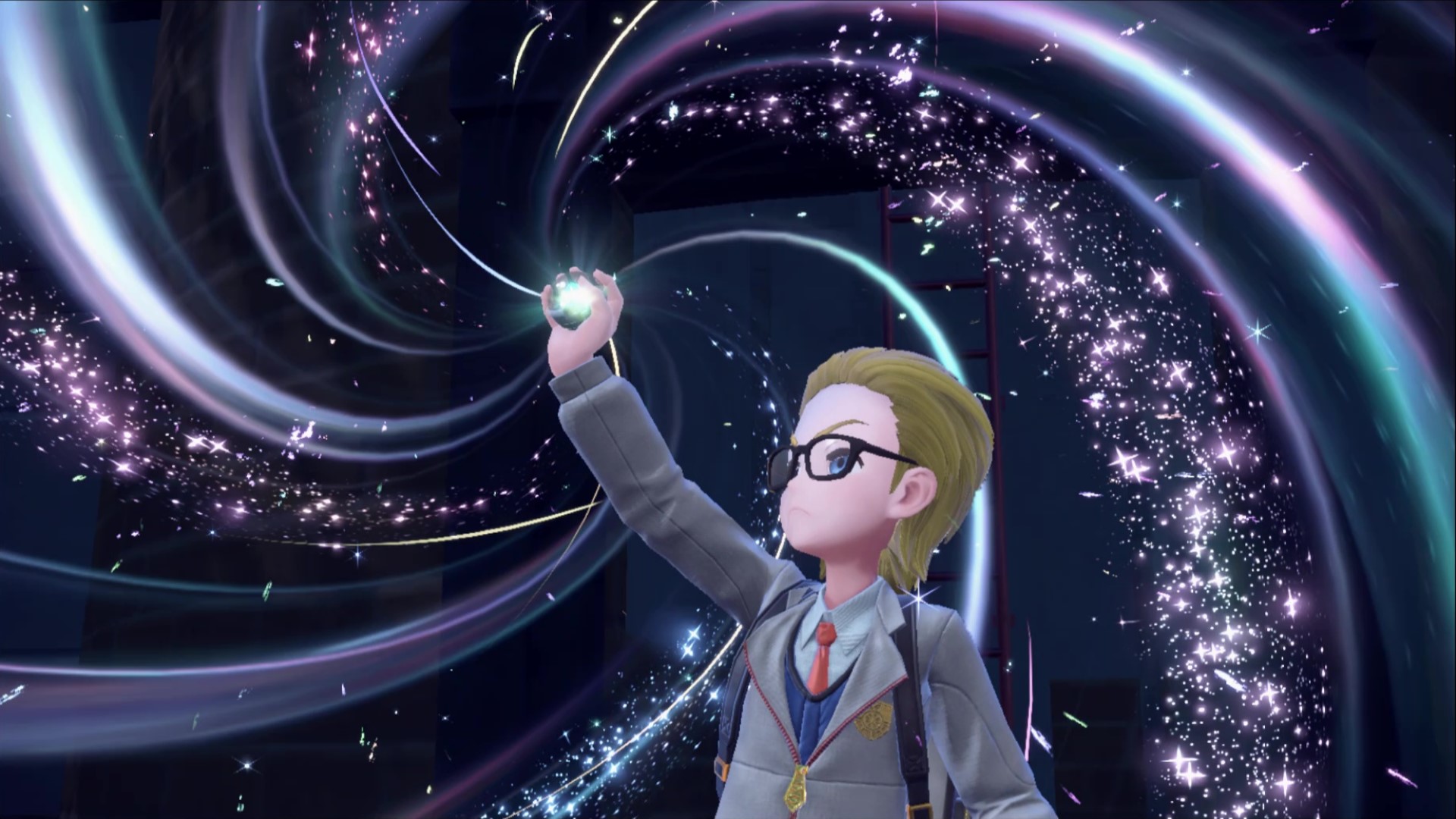
Pokemon Scarlet and Violet have both taken a rigorous kicking from the online community in recent weeks over performance issues – and frankly, that's fair. My own Pokemon and Scarlet Review highlighted these very same issues, and they're as extensive as they are migraine-inducing. But with all the talk around frame rates and hilarious videos of Pokemon Brundleflying together, I feel the more obvious issues have overshadowed some discussions that are just as critical, and more interesting, than simple programming errors.
To put it bluntly, I think it's wrong to assume that Scarlet and Violet would be GOTY crackers if only you could beat out all the technical issues and hit 60FPS. There are lots of odd hiccups at a fundamental design level, but what fascinates me is that they're largely tied to mechanics that were considered exciting in the pre-release hype. Pokemon Scarlet and Violet have listened to a lot of fan demands in their construction of Paldea – but now they've given us what we want, I'm starting to wonder why we wanted them in the first place. Be careful what you wish for, I guess.
The Open World
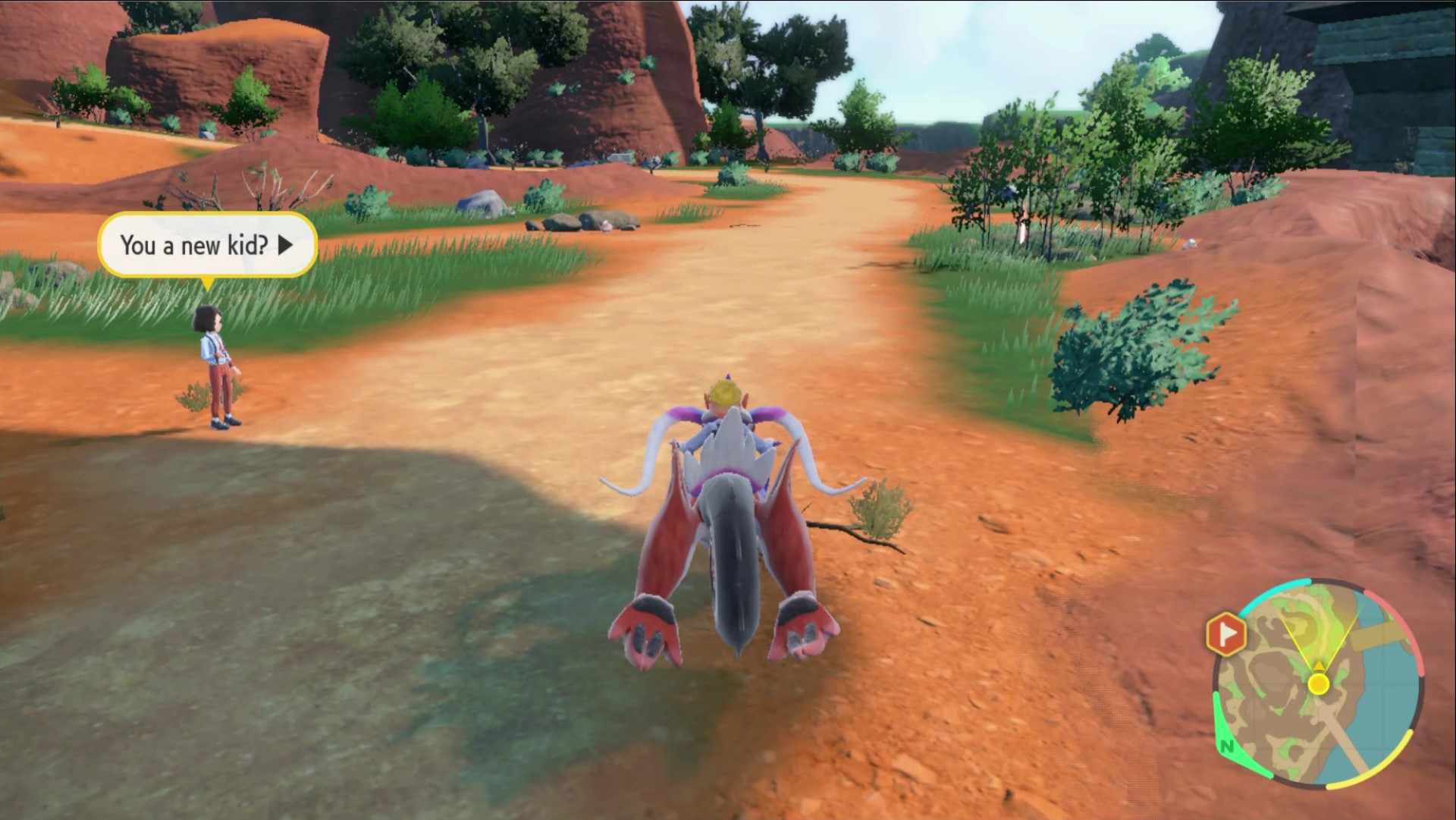
Let's start with the big one – Paldea was sold to us not as a tangled knot of interlocking routes, but an open world that could be explored freely and in any order. Fight the gyms backwards! Find whatever Pokemon you want! Take your newly-acquired starters to the most dangerous depths of the realm! Sounds sexy, but sorry to say that the abandonment of structure completely plays against Pokemon's levelling system.
See, without level scaling, players are punished much more than they're rewarded for going off the suggested path – if they're rewarded at all. To draw an example, fighting beasties tougher than you in, say, Breath of the Wild is valid because a) player skill is more important than raw stats, so talented fighters can still beat the odds, and b) the huge rewards make it worth the risk. But there's not a lot most Pokemon players can do to beat higher level threats without engaging in boring exploits, and the rewards don't make this kind of independent spirit worth the hassle. You can go anywhere - but you really shouldn't.
Plus, there's the clear criticism that Game Freak's compact team size and quick turnover rate might not play well with the greater demands of large, open world gaming. And if you've got to produce these games frequently, corners will inevitably end up being cut – such as frame rates.
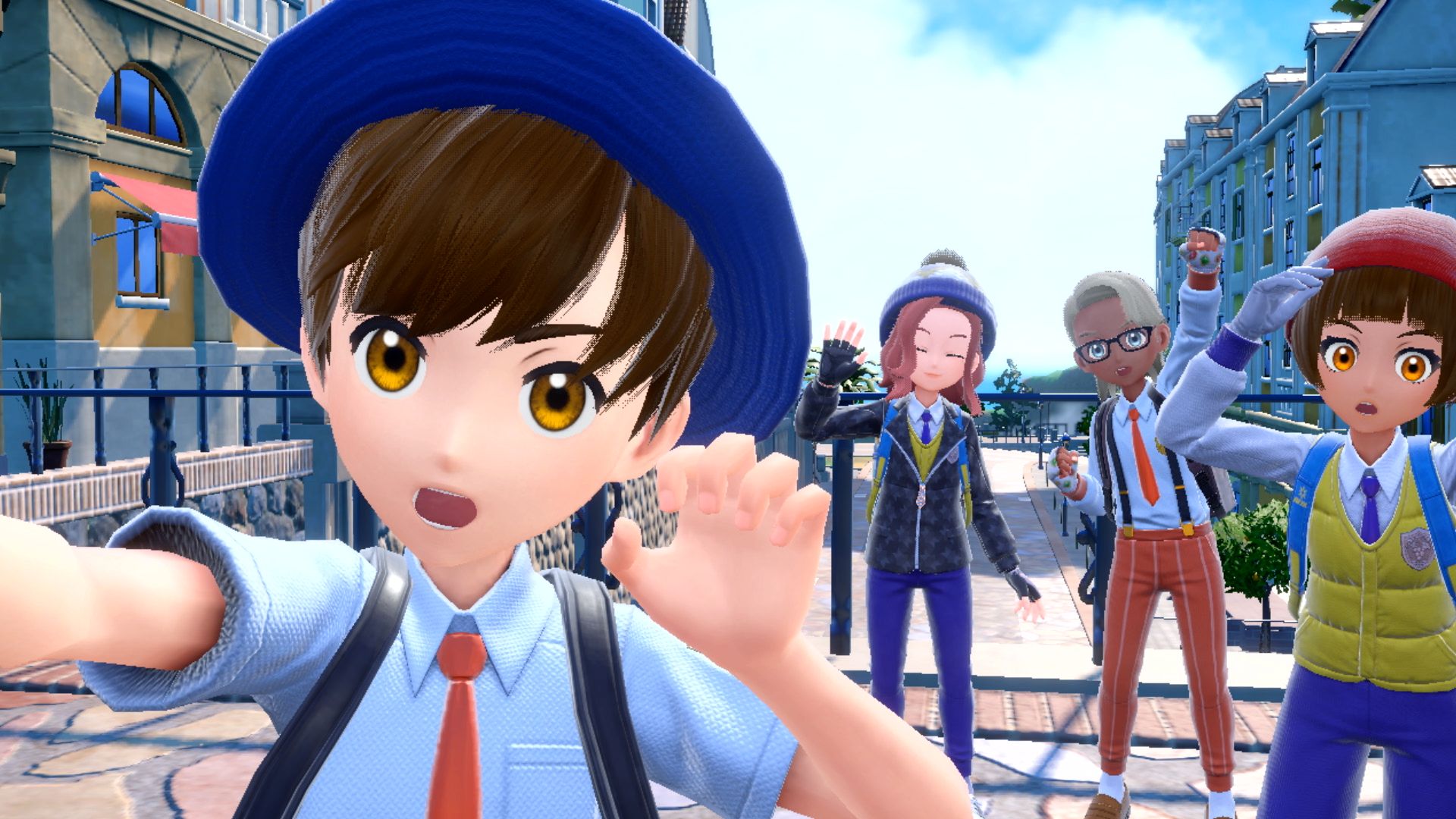
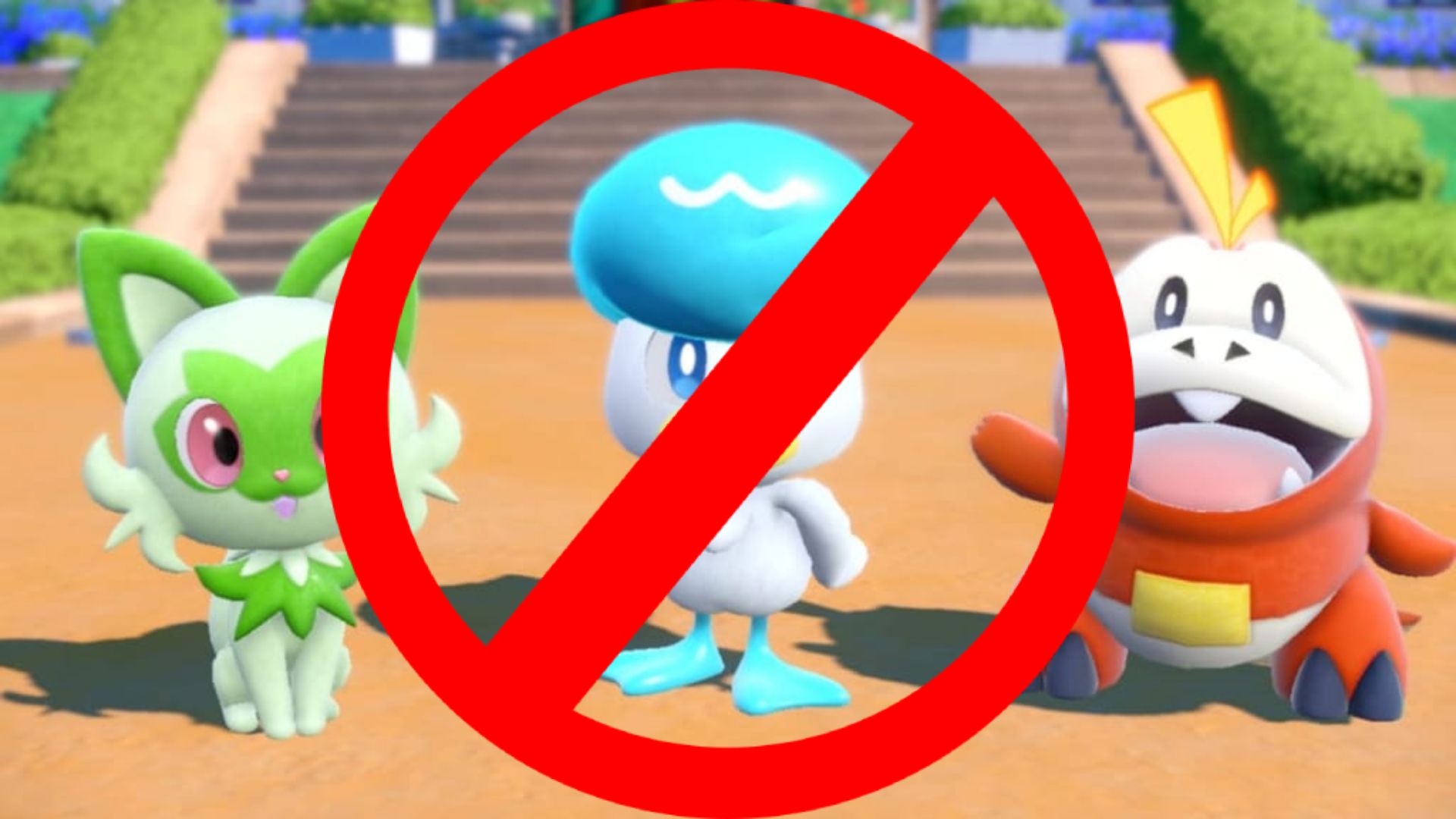
For the first time ever, I won't use starters in Pokemon Scarlet and Violet
It doesn't help that more of that large, open world might have to be running at once, because two players could be occupying it at entirely different points. Co-op was a big selling point before Scarlet and Violet landed in our laps, and now I'm not entirely sure why. It certainly sounded appealing – recreating the little bands of wannabe champions we saw in the cartoon – but mechanically, Pokemon design is too much of an inherently solo experience, more geared towards competitive than cooperative multiplayer, and what we got feels like Animal Crossing if everyone's islands looked completely the same. You can't help your friends with any battle that matters, can't communicate in any meaningful way, and after five minutes of silently throwing your ugliest Pokemon at each other, you just wander off for lack of stimulation.
And that's ignoring Nintendo's arms-reach relationship with all things internet. Even as I wrote this piece, I spent some time playing the four-person Raids (the most coherent part of the co-op experience) and connection issues riddled the whole affair. You might argue that's more a flaw in the execution than in the concept, but Nintendo's history with online play being what it is… well, let's just say I wasn't surprised.
Sign up to the GamesRadar+ Newsletter
Weekly digests, tales from the communities you love, and more
Agreeable trainers and wild Pokemon
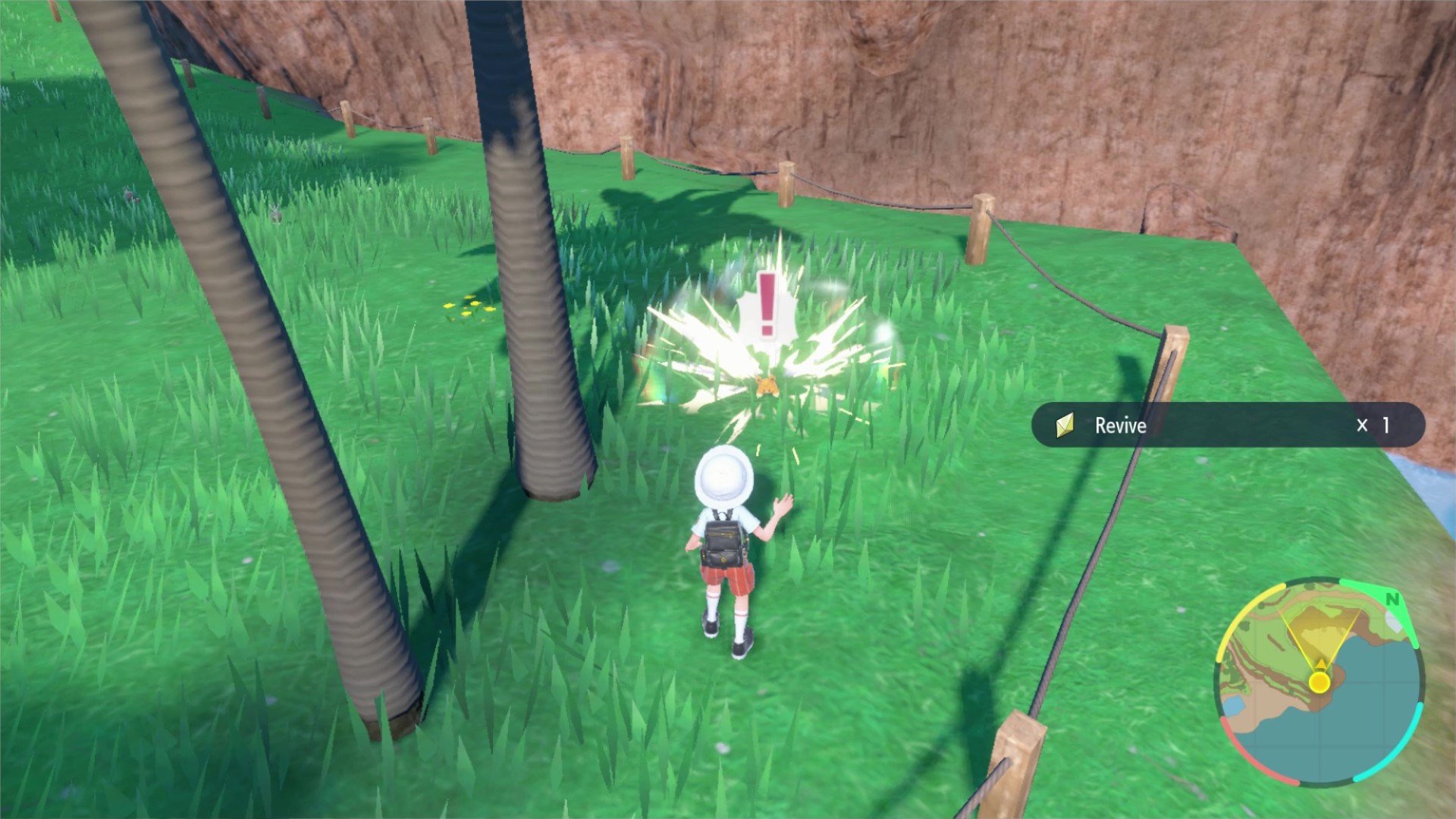
We've all felt that ache of frustration as we make a last leap to escape the long grass, only to hear the up-tempo music kick in and black bars interlock as a wild Pidgey springs from the undergrowth. Or perhaps you've stepped onto a road and grimly realised that what's ahead is nothing less than a grid of trainer sightlines that feel like tripwires - made worse by the fact that you can see them and have to step into them anyway.
No more! Trainers only battle consensually and wild Pokemon are visible in the world, so assuming sprite-pop-in doesn't turn them into landmines, you don't have to fight anything. But then again… this is a Pokemon game! If you're not fighting wild critters and Trainers then you're barely doing the core gameplay, and the Let's Go mode feels like it's being handled for you. It's entirely possible for your Pokemon to reach level 100 without having ever battled anything yourself – and that's just weird. While we're at it, can XCOM handle all the troublesome alien shooting for me? And why can't Mario stomp his own goombas without me having to micromanage it all?
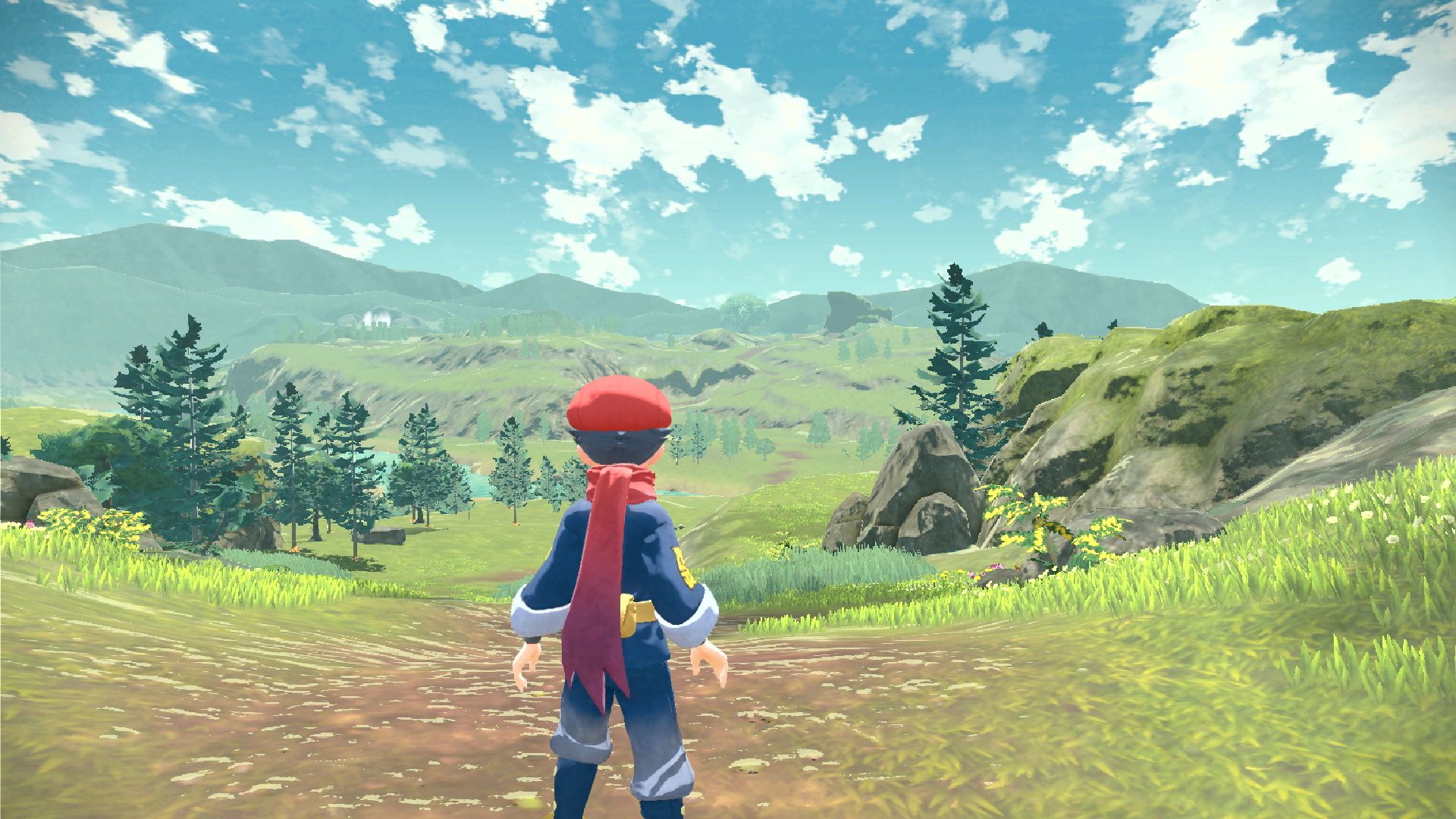
Part of it might be due to aping what came before. Pokemon Legends Arceus was seen as a step forward for the franchise, bringing in a new setting, tone and mechanics that nonetheless held true to the core of the Pokemon series. People liked it, and generation nine clearly feels a need to pay tribute, but what's here is kind of flat. The stealth and throwing mechanics are present, but the best you can get with them is a free turn at the beginning of combat – and only on wild battles, nothing important.
And again, to go back to the open world, Arceus' open regions were at least broken up and had to be unlocked for a sense of progression and balance – but Paldea lacks that discipline and that's where things get sticky again.
Darker, edgier storylines
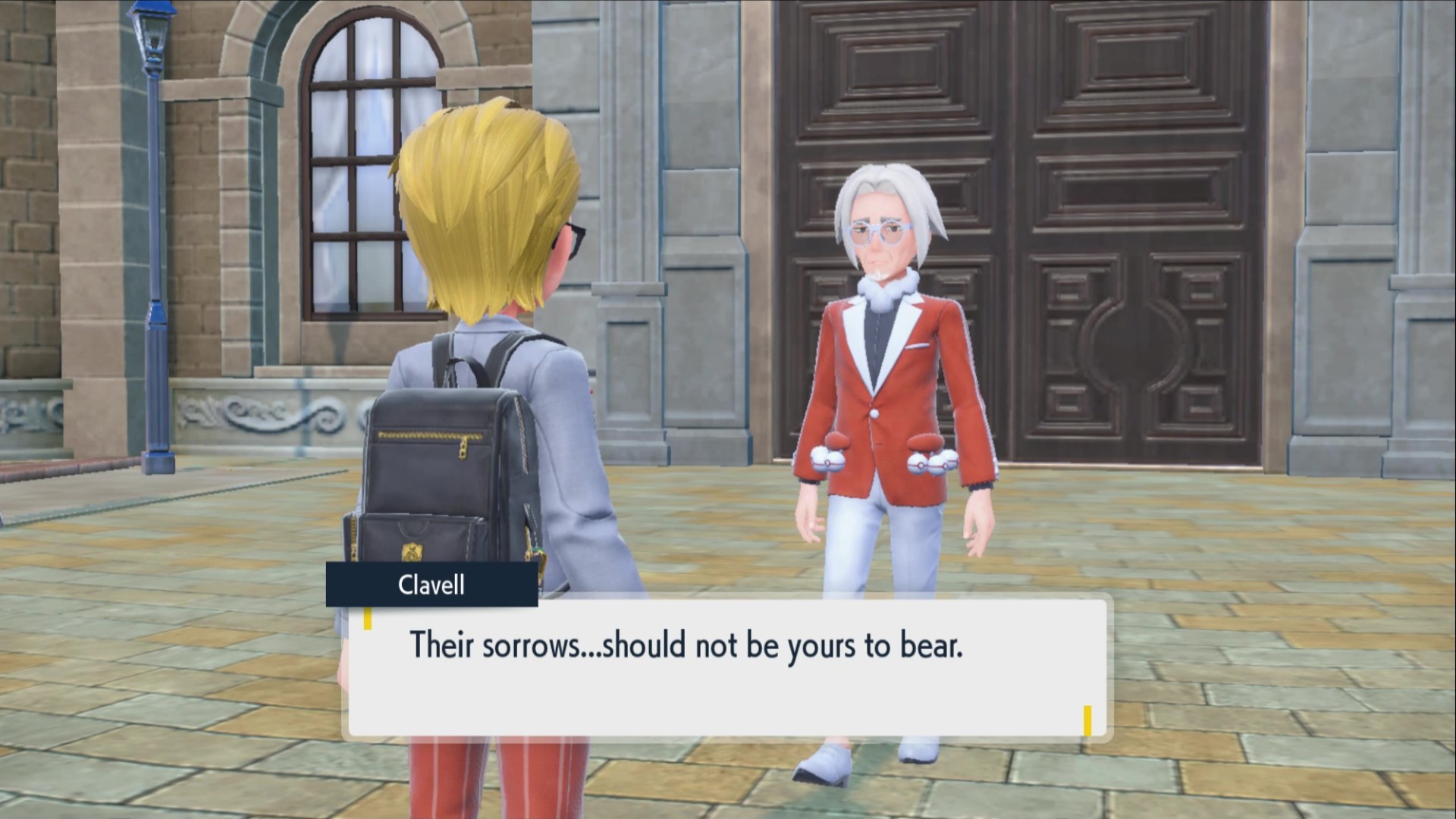
Spoilers lie ahead for this section. I'll confess straight away I have no idea why people want their cartoon world about magic pets to gain more of an edge. It's something you see a lot online – usually framed around Pokemon "growing up", and involving some toneless stab at realism. Think hyper-detailed, blood-streaked charizards standing alongside grizzled adults in combat fatigues while some monstrous reinterpretation of a kaiju-sized legendary Pokemon rampages through the decimated remains of Pallet Town.
Okay, Scarlet and Violet don't touch that extreme, but they do occasionally flirt with more mature ideas, and only end up proving their limitations. Sometimes the issue is depth – a well-intentioned message about bullying never really develops beyond it being "generally bad", so it ultimately feels shallow. Or sometimes the game's desperation to keep the child-friendly rating tears it in half, like when a character is confronted with their mother's death, but without anybody being allowed to actually say that she died. This leads to it being addressed via artless euphemisms, while those most affected are only permitted to smile and nod in rapid, unconvincing closure.
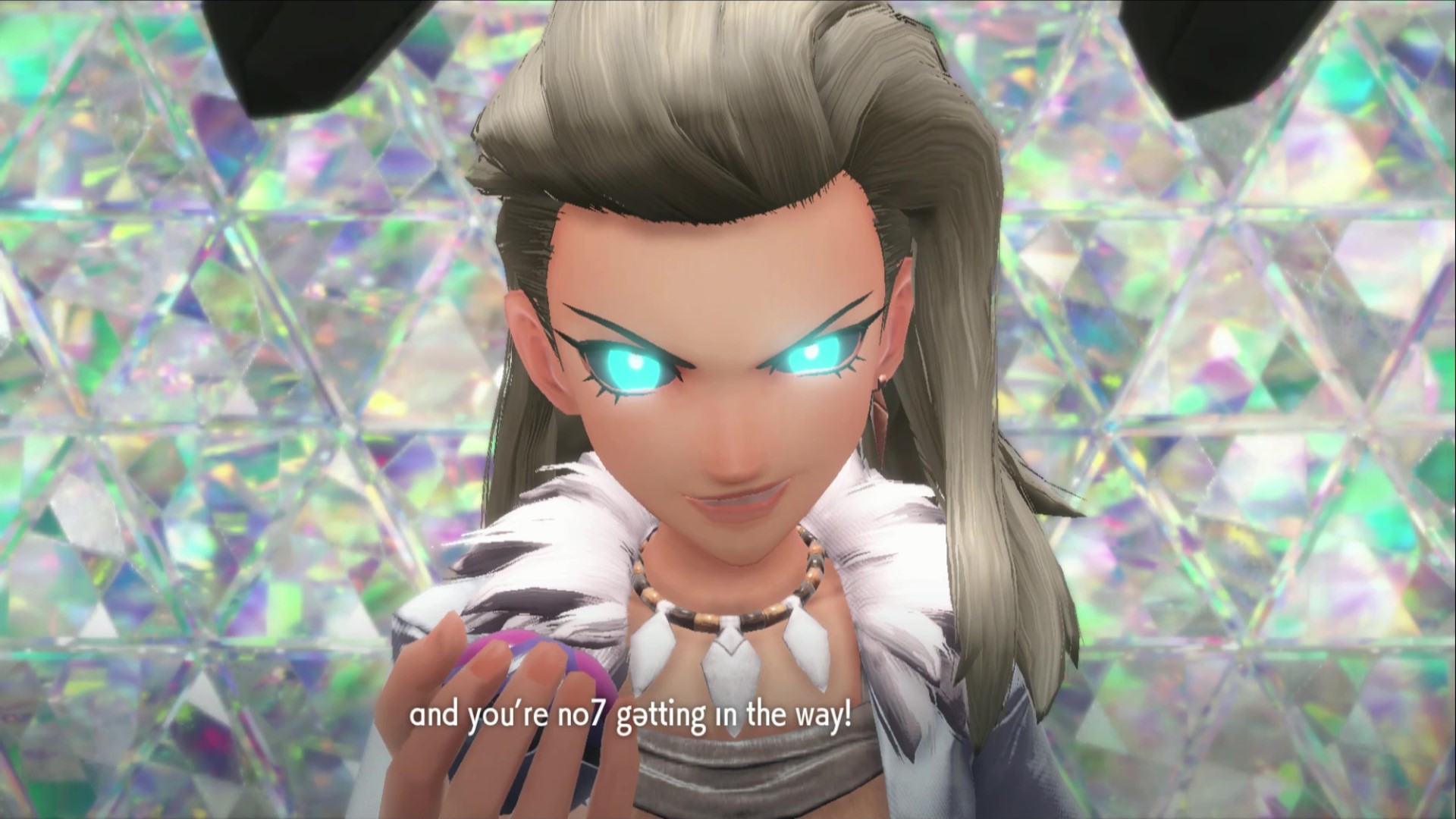
And sometimes Game Freak's inexperience with the more meaty plotlines shines through. See, it turns out that the dead mother was secretly (inhale): a time-travelling robot replicant cavewoman scientist AI dinosaur-wielding crystal-powered security system! This last revelation is thrown at us in the game's finale like a custard pie, but is intended to be totally serious. It's what I mean about the glitchy performance overriding other discussion – how did the internet not latch onto this absurdity? And before people bridle, all of this doesn't mean Pokemon can't tell good stories; the Mystery Dungeon series is rightly celebrated for its touching, fairytale-style narratives. But reaching for "maturity" is a gamble, and if mishandled only succeeds in showing the creator's immaturity instead.
I wouldn't even say any of these gameplay ideas are inherently bad, but to bring a lot of these into play, you'd need to change so much of the core Pokemon experience that it might be harder to recognise, and we reach the Ship of Theseus problem. I'm actually more in favour of that though, as there are nine generations of similar games behind us and at this point I'm happy to see some shake-ups at the core level. After all, Arceus was celebrated for its differences, not its similarities – and generation ten is a nice, round number for change.
If you want to leap into Paldea regardless, a good place to start is the Pokemon Scarlet and Violet tips we've laid out here!

Joel Franey is a writer, journalist, podcaster and raconteur with a Masters from Sussex University, none of which has actually equipped him for anything in real life. As a result he chooses to spend most of his time playing video games, reading old books and ingesting chemically-risky levels of caffeine. He is a firm believer that the vast majority of games would be improved by adding a grappling hook, and if they already have one, they should probably add another just to be safe. You can find old work of his at USgamer, Gfinity, Eurogamer and more besides.


